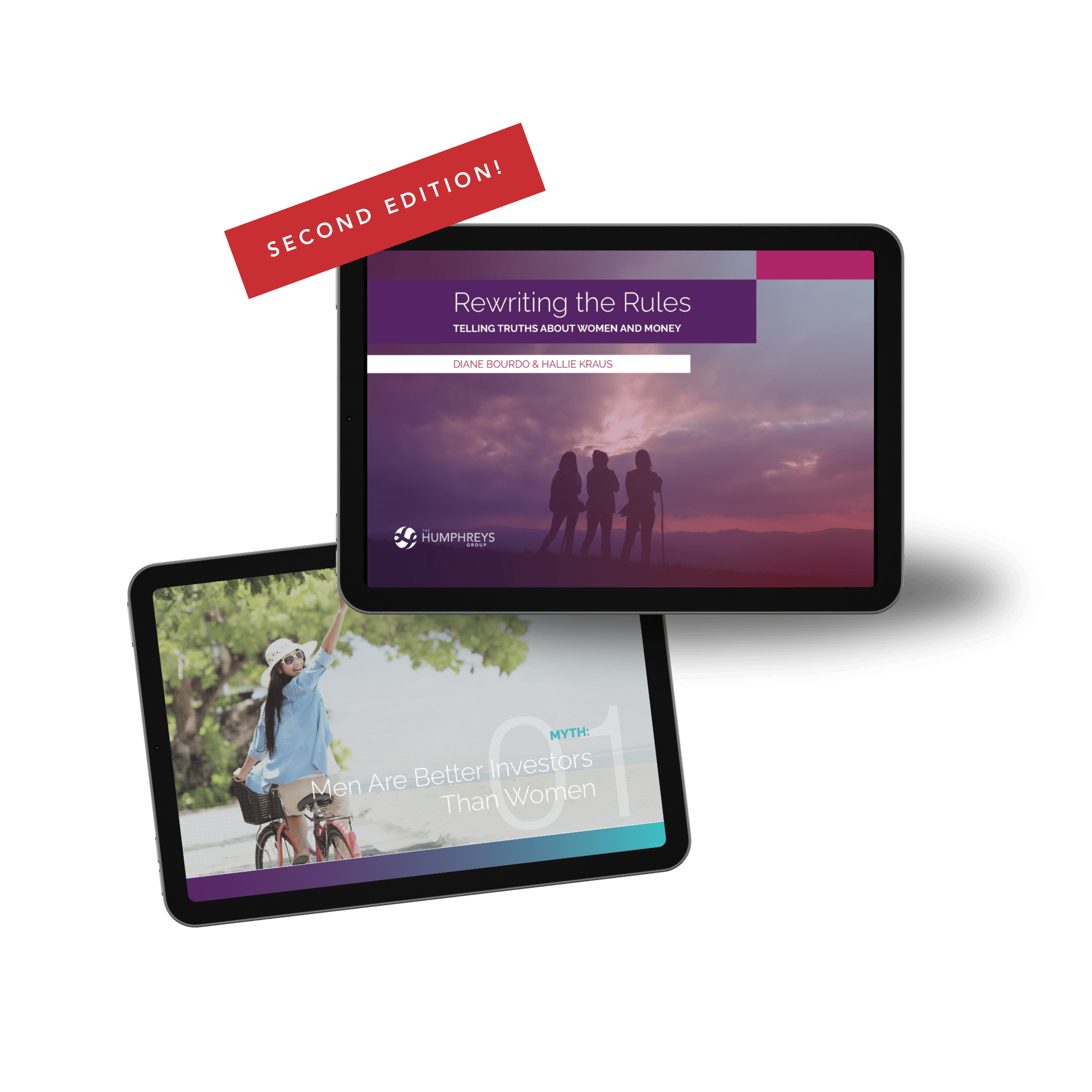Since the March 27 passage of the Paycheck Protection Program (PPP) as part of the massive CARES Act, the Small Business Administration (SBA), which administers the program, has approved some 4 million loans totaling $511 billion through May 23. At that time, according to an article released by the AICPA, about $138 billion remained available for additional lending to small businesses.
As with any government program that rolls out as quickly as the PPP, applicants reported numerous glitches and uncertainties while navigating the application process through their approved business lenders. Additionally, many questions surrounded certain aspects of the loan forgiveness provision, one of the principal attractions of the PPP. In its original form, the program offered forgiveness of the loan as long as at least 75% of the proceeds were used for payroll purposes (including certain employee benefit programs). But many small businesses and industry groups advocated for greater clarity in how the provisions of the loans would be interpreted and enforced. They also wanted to see some changes in the terms of the program.
The Paycheck Protection Program Flexibility Act (PPPFA)
In response, the bipartisan Paycheck Protection Program Flexibility Act (PPPFA) of 2020 was passed by both houses of Congress and signed by President Trump on June 5. Reacting to advocacy by industry groups, the bill makes some significant changes to the existing PPP, including:
- Extending the period of time for borrowers to expend the funds from eight weeks to 24 weeks, or December 31. Borrowers who choose to retain the eight-week period have the option to do so;
- Lowering the requirement that 75% of funds be used for payroll purposes in order to receive forgiveness to 60%. However, the new law requires that the entire 60% be expended on payroll expenses in order to receive forgiveness; formerly, the amount forgiven was reduced by however much the expenditures were less than 75%;
- Borrowers have the entire 24-week period to restore their staffing levels to pre-COVID-19 levels. Previously, the deadline was June 30;
- The new program provides two exceptions by which employers can still achieve full forgiveness of the loan even if they do not restore their employment to pre-pandemic levels: In addition to previous guidance, which provided that employees who refused a good-faith offer to return to work at their previous wage levels could be excluded from calculations for forgiveness, the new law provides adjustments for employers who are unable to find enough qualified employees to reach pre-pandemic levels and also for businesses that can demonstrate inability to return to pre-pandemic levels of operation because of economic hardships imposed by the pandemic;
- The repayment period has been extended from two to five years (still at a 1% interest rate);
The new law allows for delayed payment of payroll taxes.
There is also a new, 11-page application for loan forgiveness. Additional information is available on the SBA website here.
These changes have been generally welcomed by industry observers. However, uncertainties still remain. In a June 8 interview with ThinkAdvisor, attorney Veena Murthy indicated that the SBA should clarify whether, in addition to retaining the eight-week period for expending loan funds, employers can also retain the eight-week period for completing the rehiring process. “If the point of the law was ‘flexibility,’” she says, “then keeping the eight-week period should mean the borrower can also keep other aspects related to that period on which they’ve been making decisions all along.”
Additionally, questions have arisen about certain enforcement policies that will be used by the SBA. On June 1, the SBA released a statement in the Federal Register stipulating that loans of any size may be audited at the SBA’s discretion. If the documentation reveals that the recipient may not be eligible for the program, for the loan amount granted, or for the amount of loan forgiveness applied for, the SBA can direct the lender to refuse the application for loan forgiveness. It is likely that this wording is intended to signal that the SBA will be on the alert for possible fraud and that borrowers with good documentation who made an innocent mistake in their application will receive the benefit of the doubt. But this still points to the importance of applicants maintaining complete documentation for both the application and the communications around it. We’ll be sure to update you with additional information that may be released regarding PPP changes, and how they may affect business owners specifically.
An Operational Update
As you may know, offices in San Francisco have been given the go ahead to reopen, with certain safety and social distancing protocols in place. You will hear more from us on this issue in the coming weeks, but our reentry into our physical offices will be delayed for the time being. We are actively talking about this process and are trying to address certain obstacles — public transportation chief among them. While we are eager to work together in person again, our priority is the safety of our team and our clients. In the meantime, we will continue to be fully available via Zoom and online. Please don’t hesitate to reach out to us with any questions or concerns you may have about this, or any other matter.
























